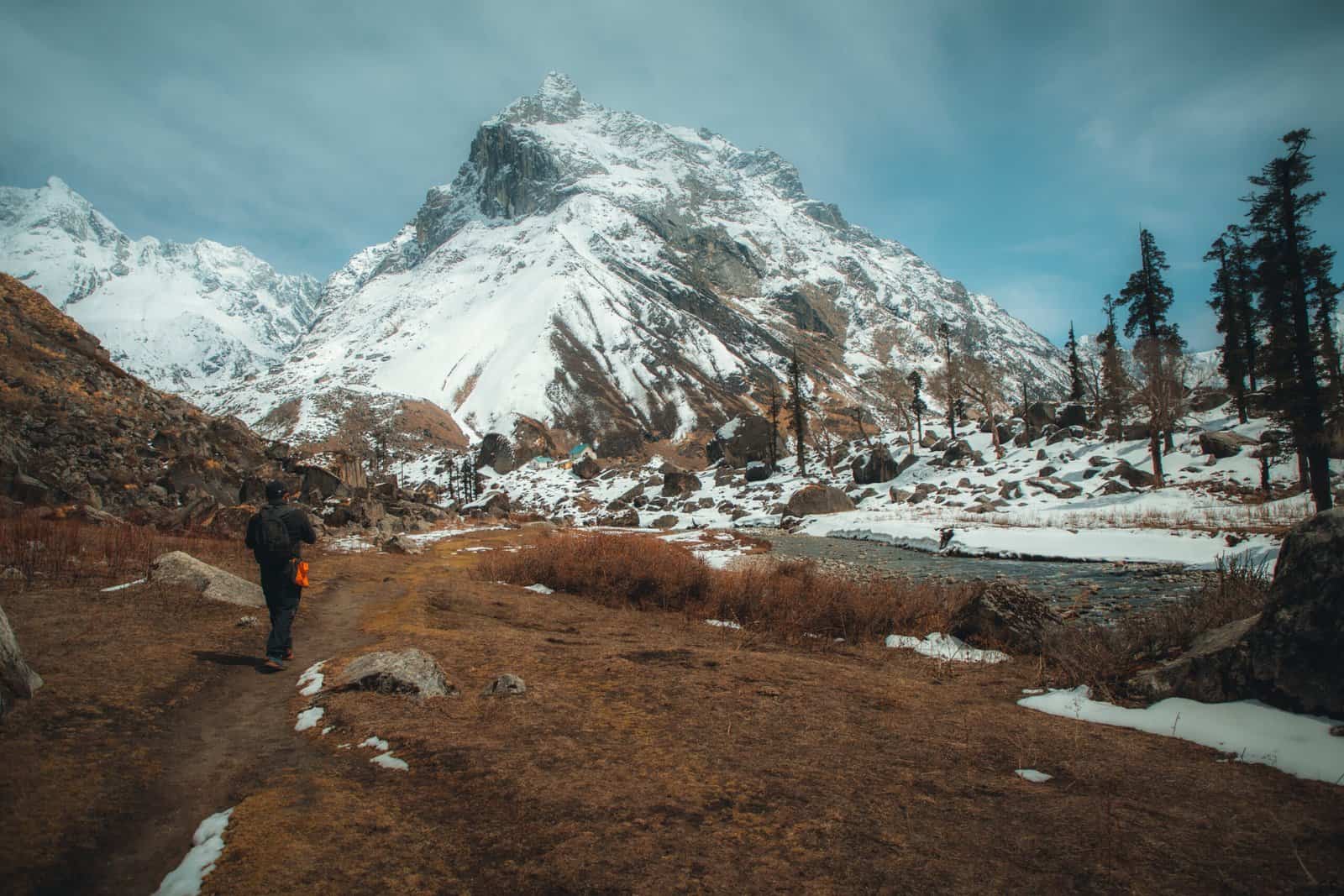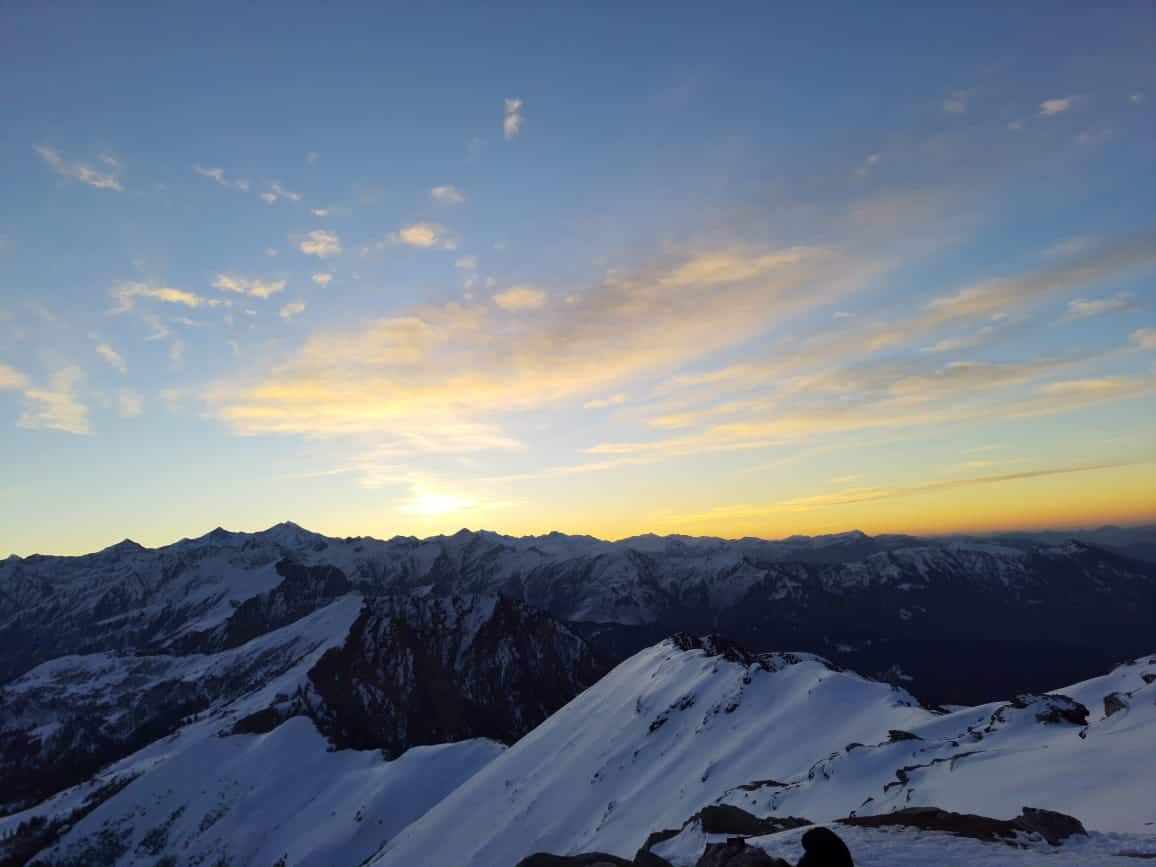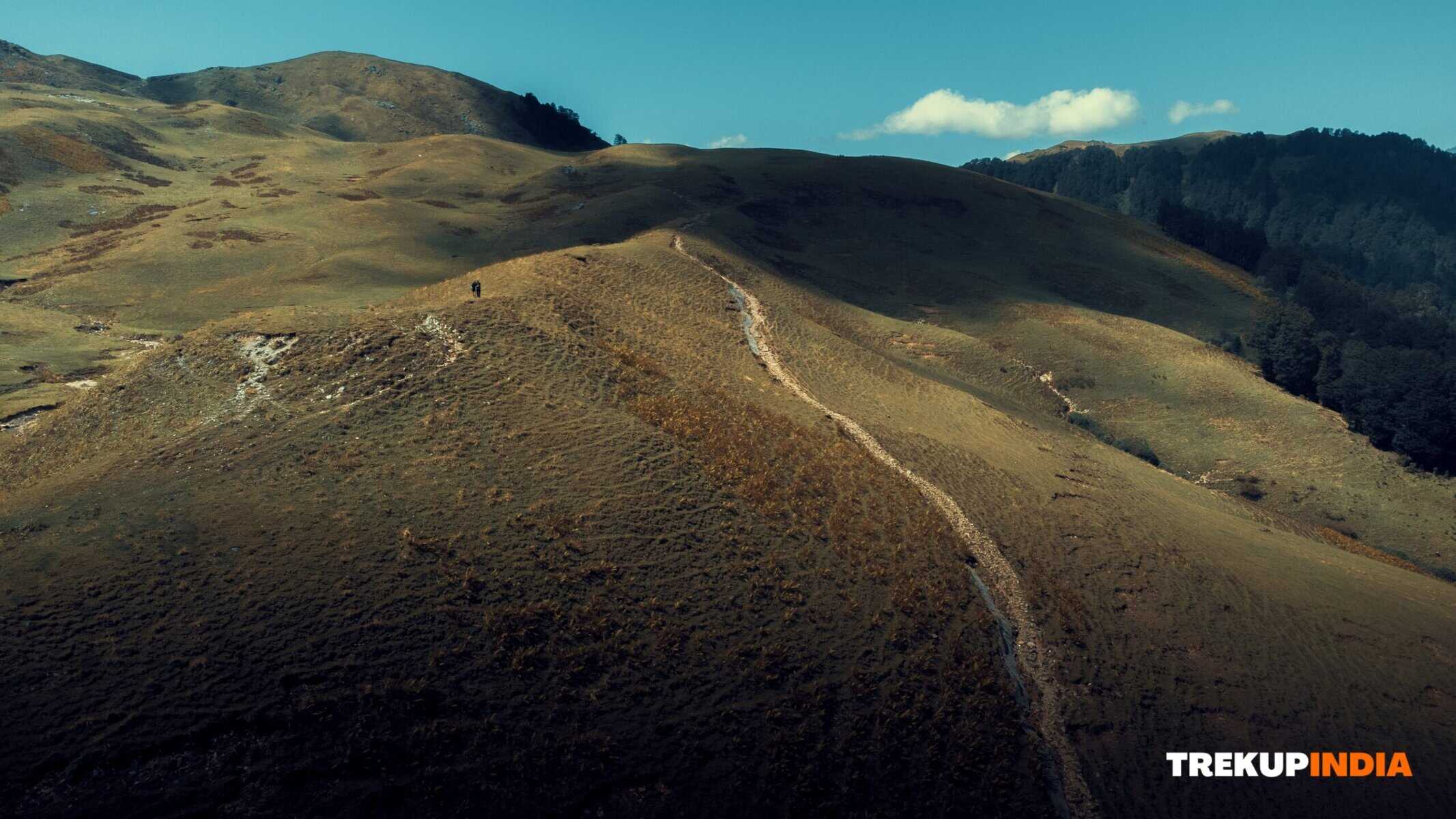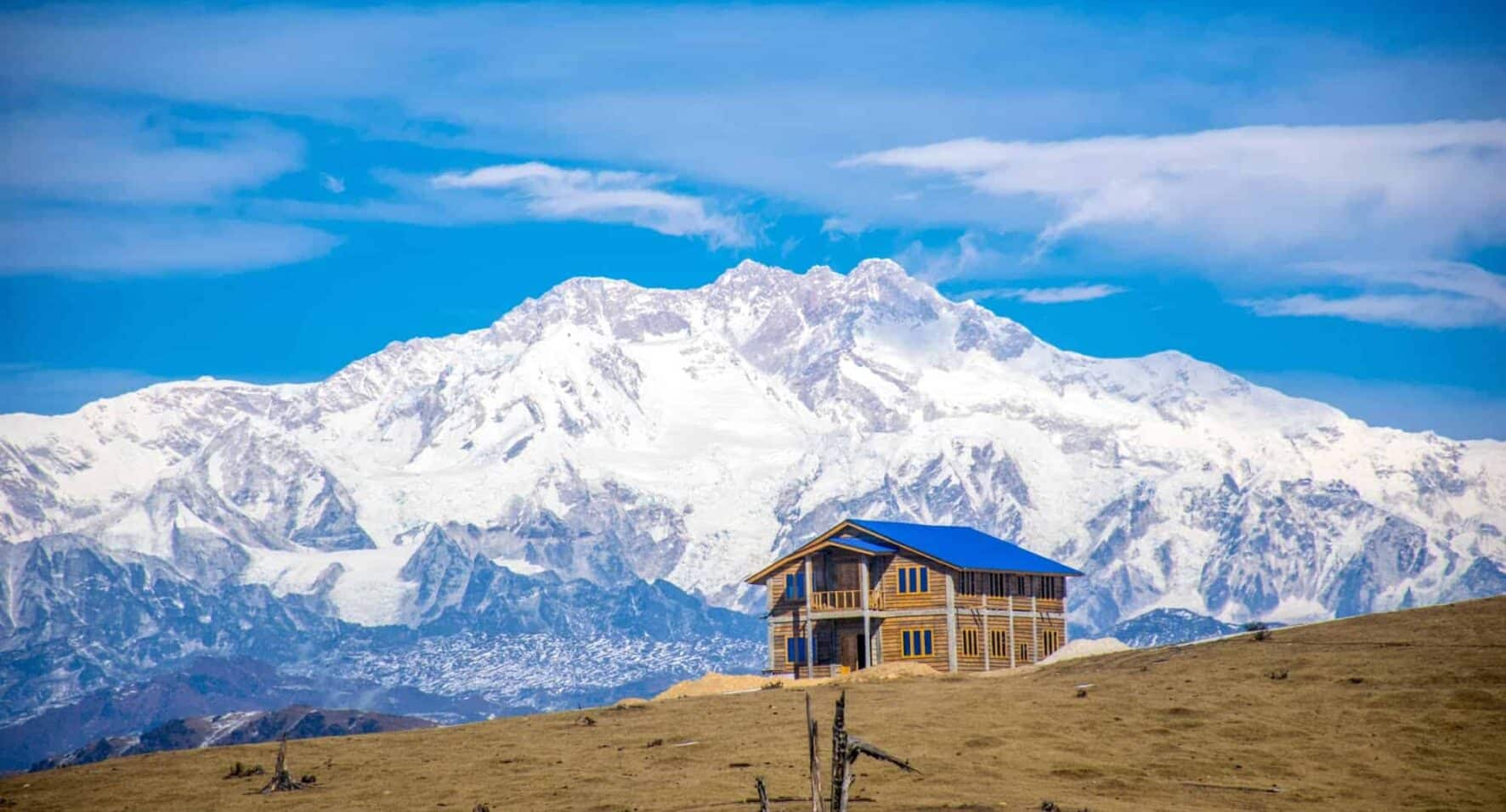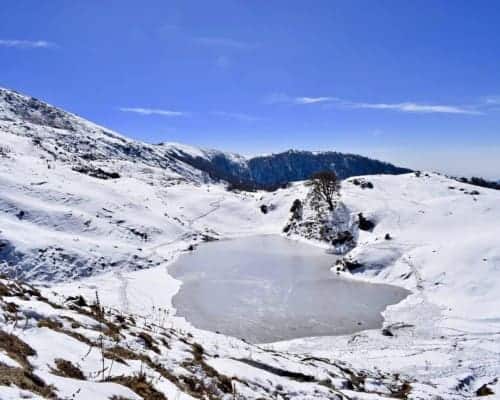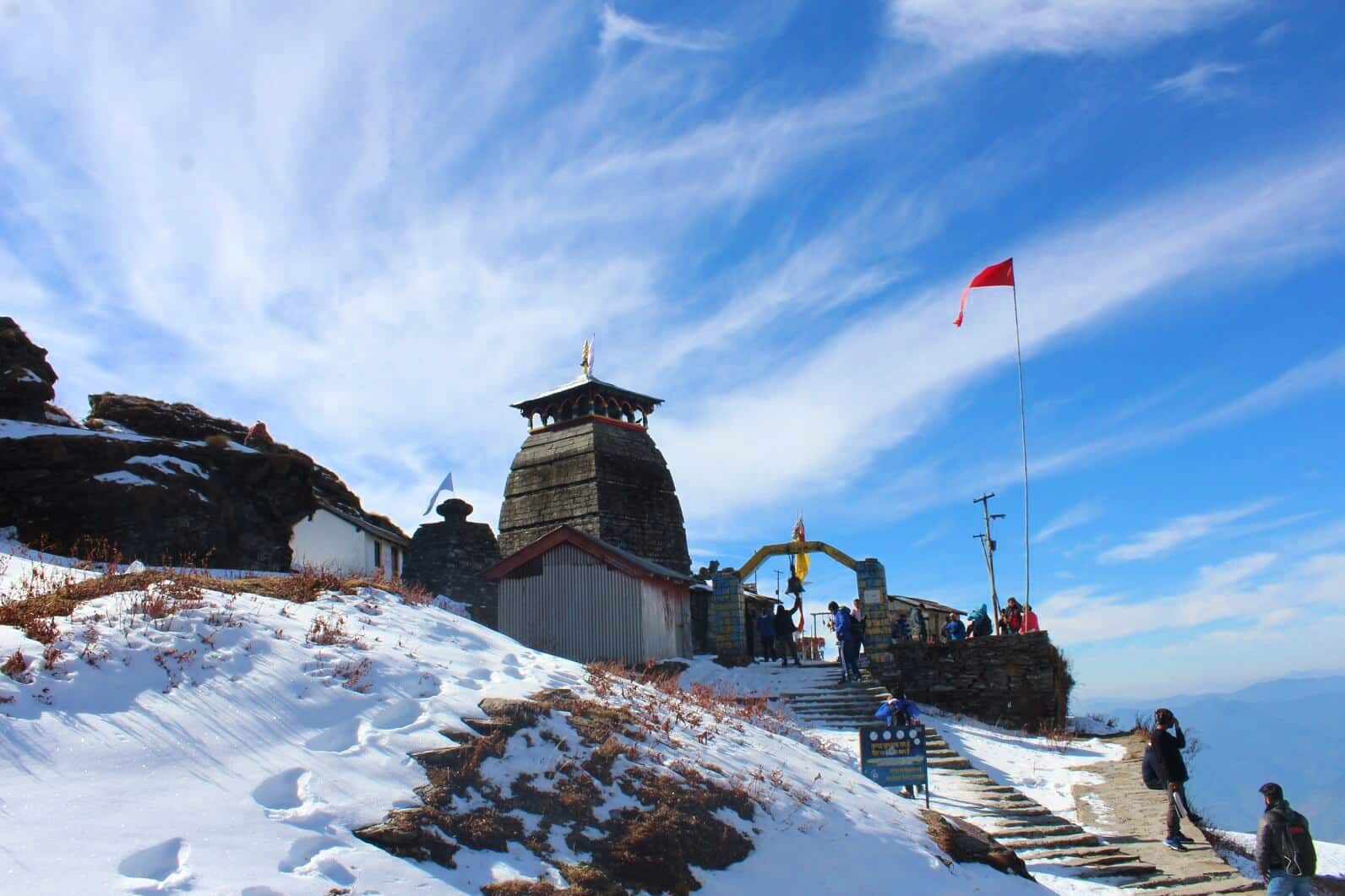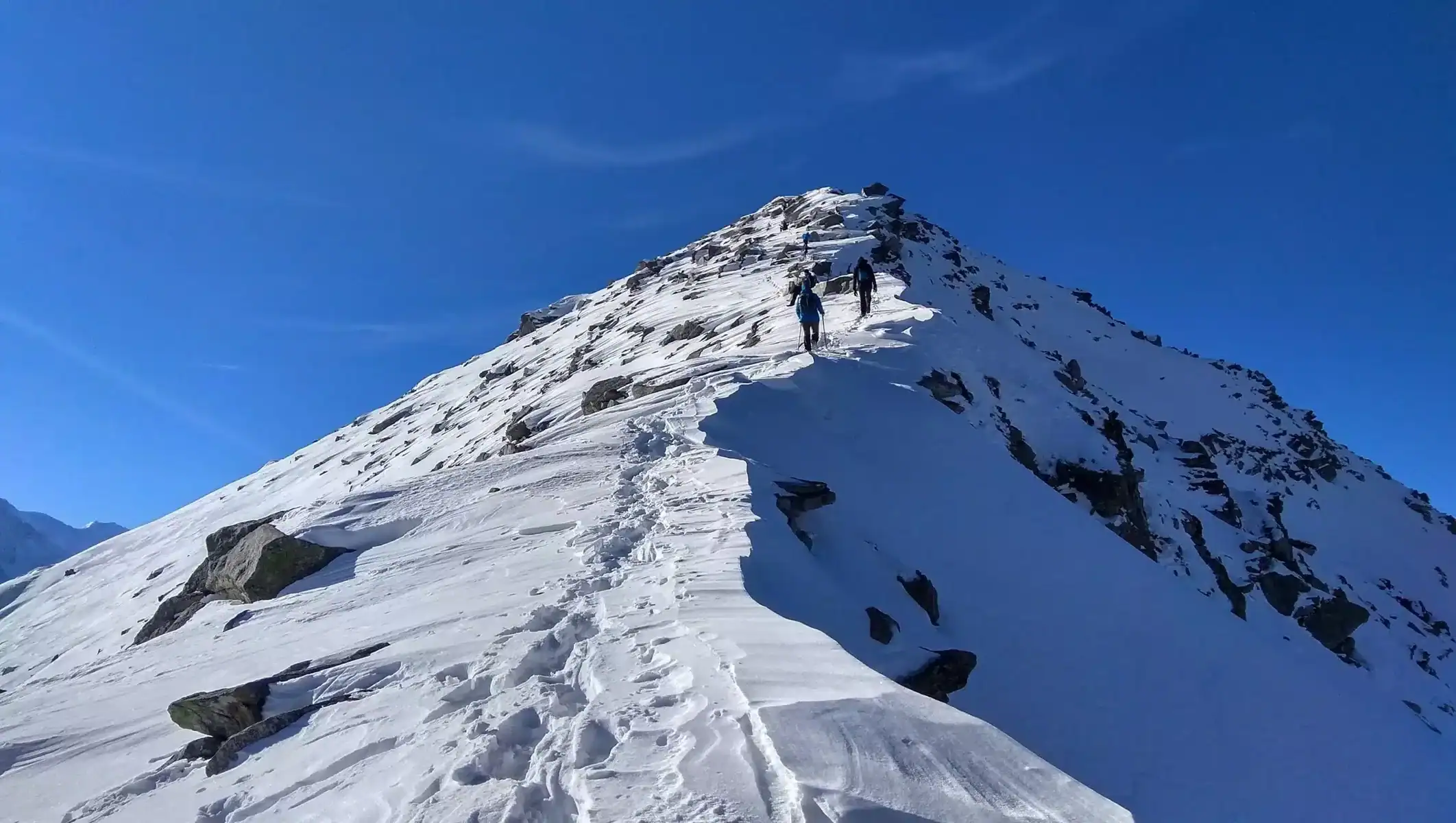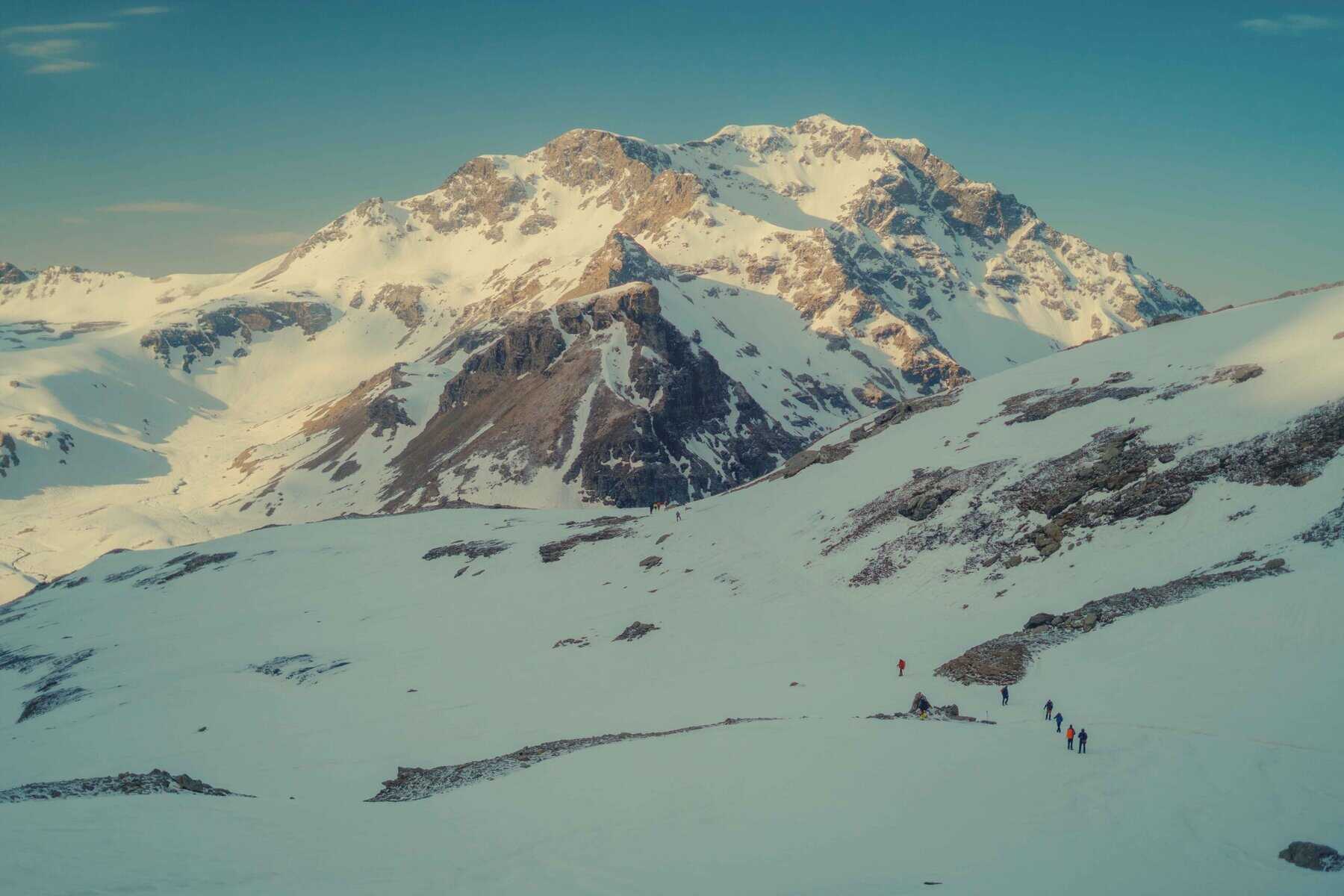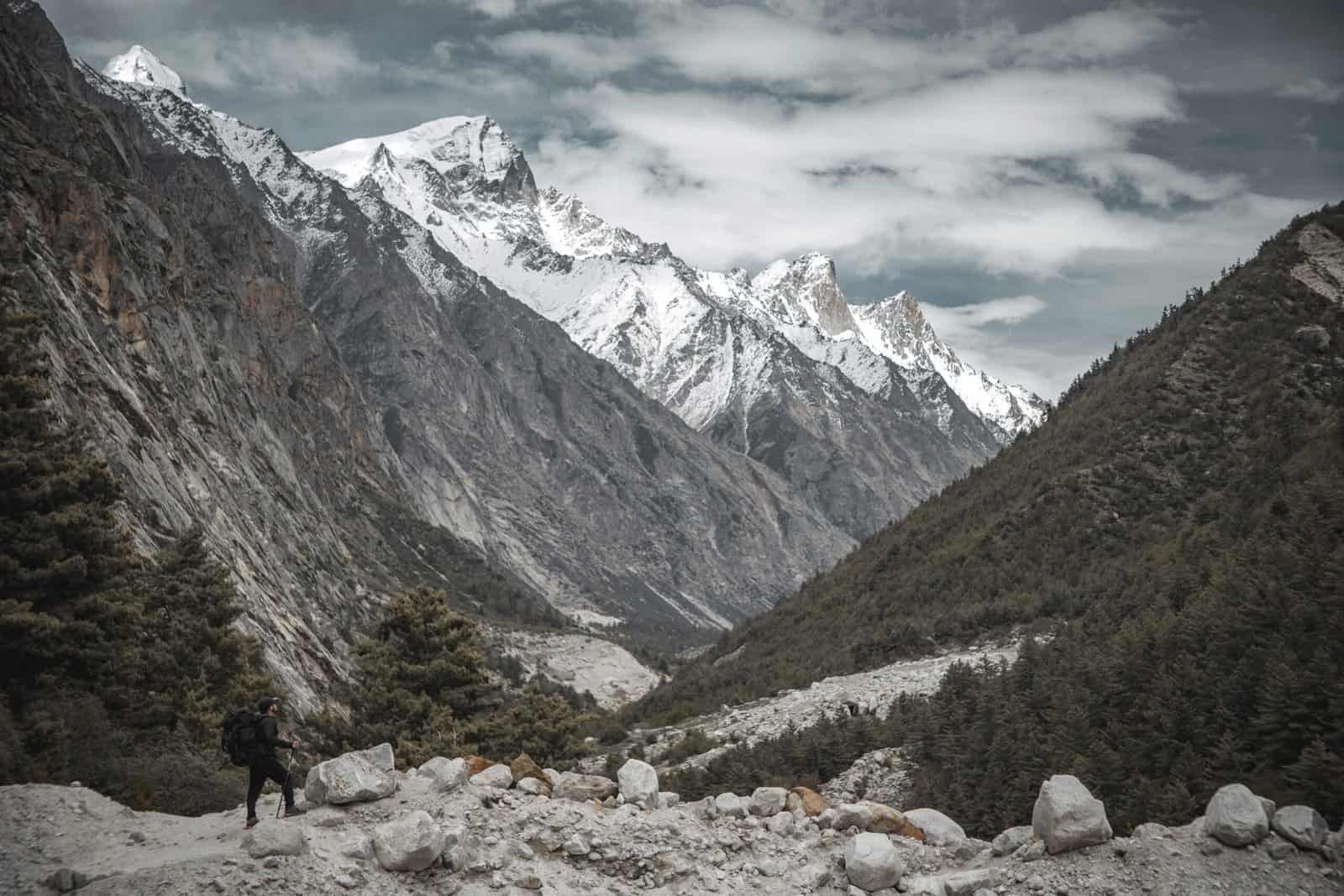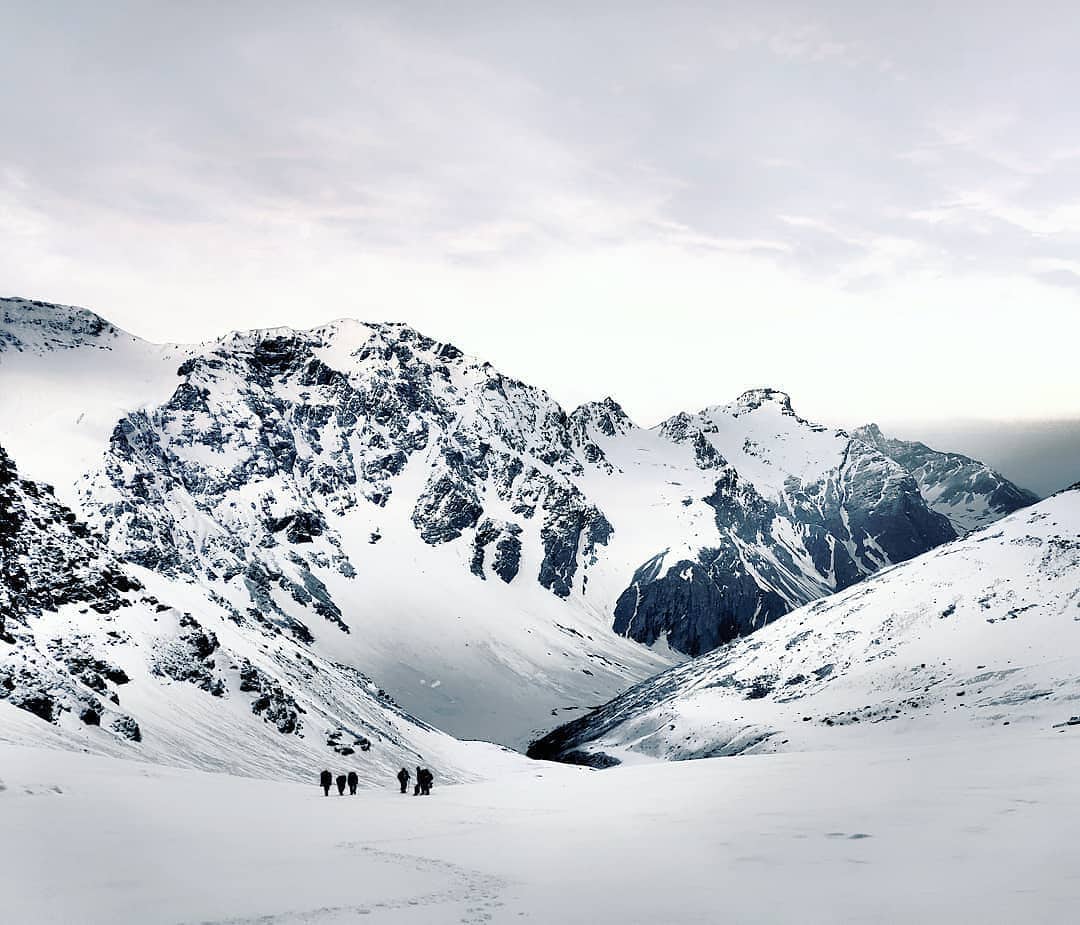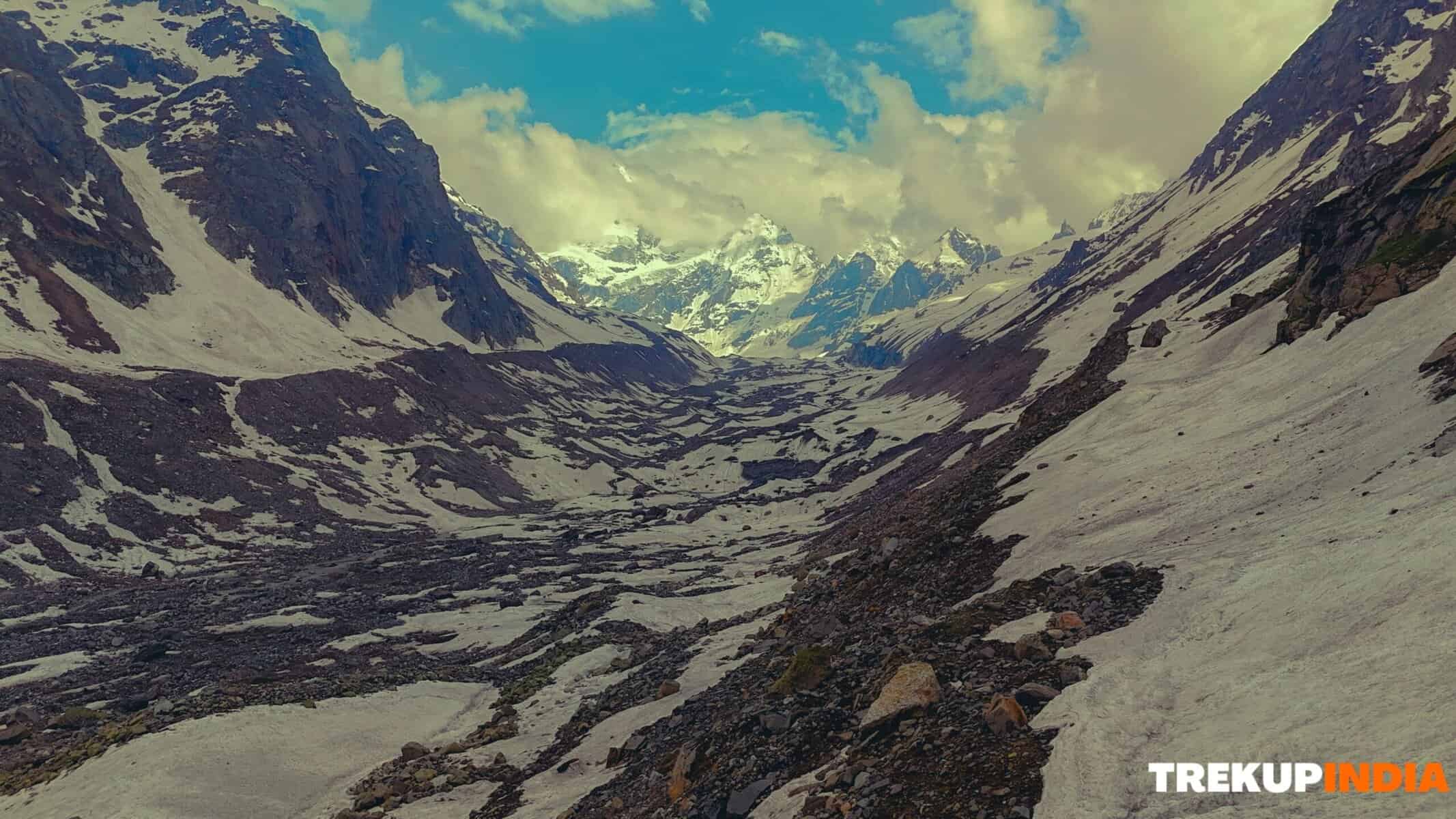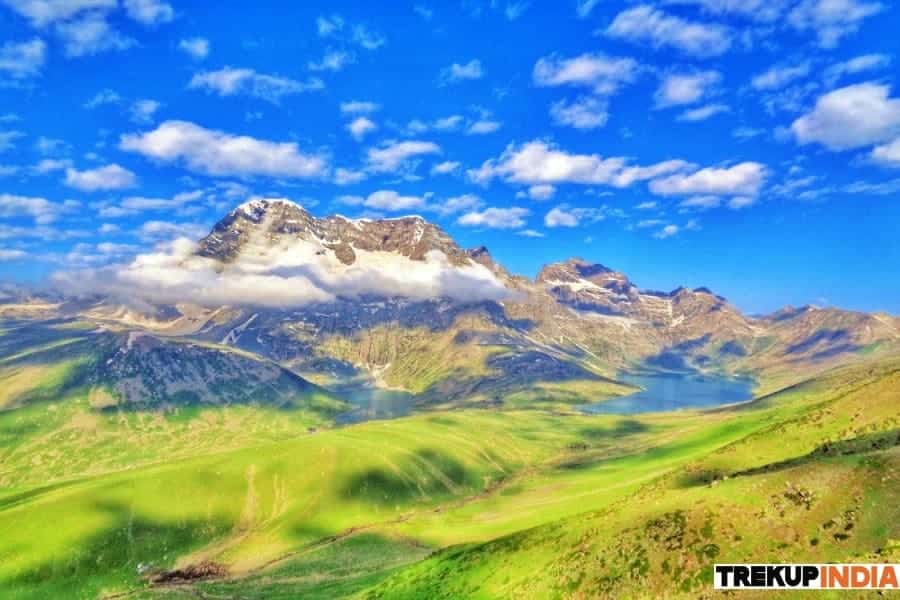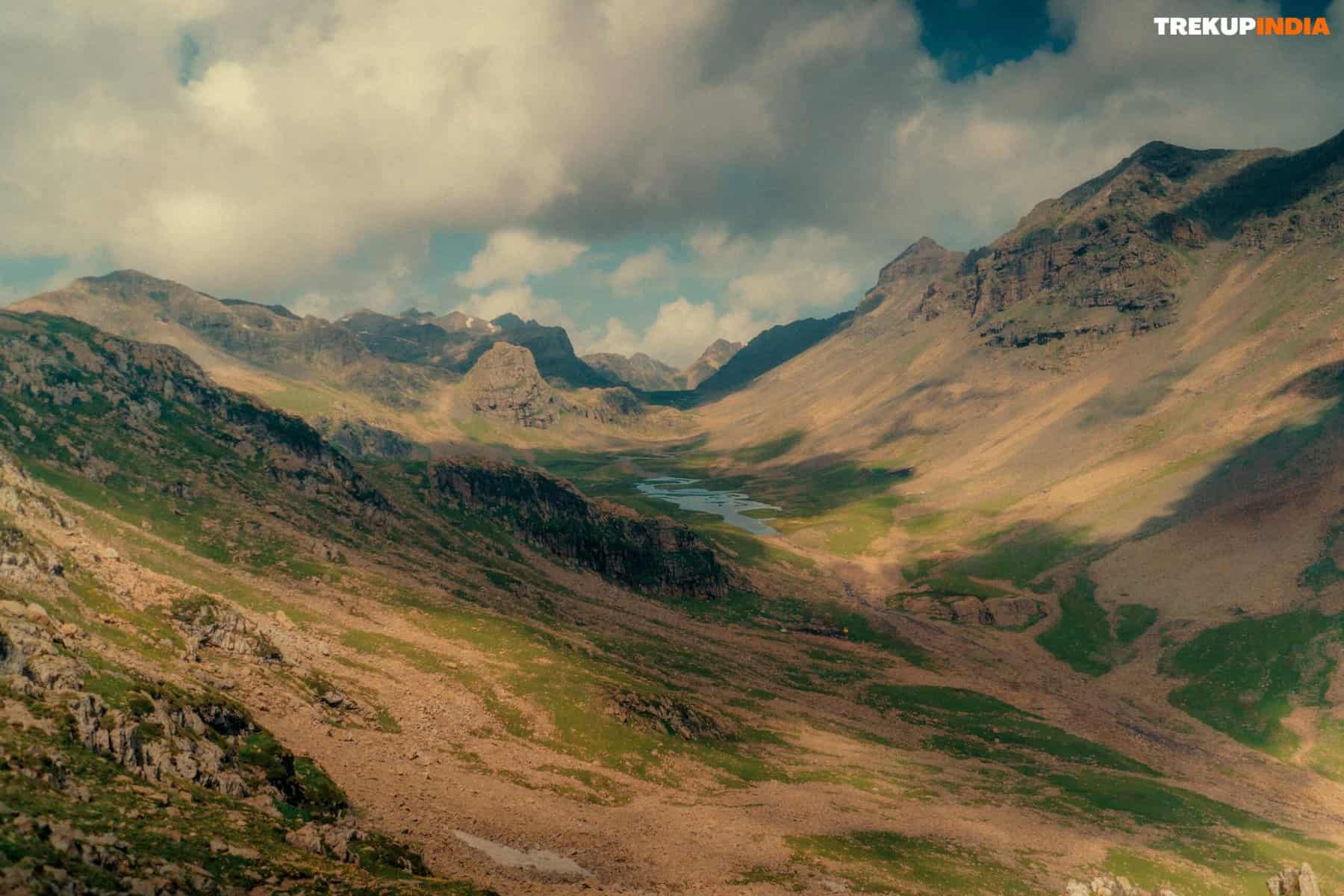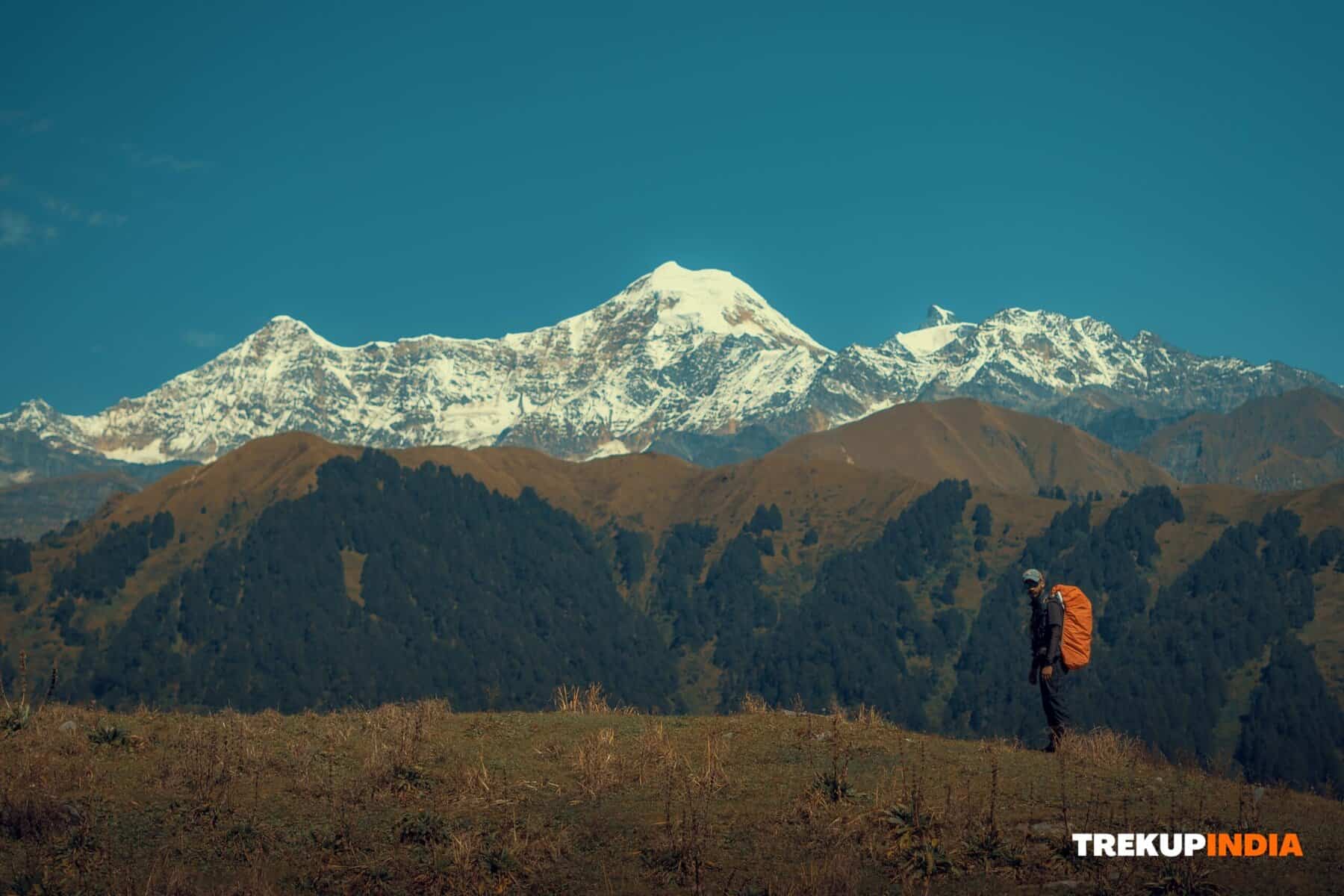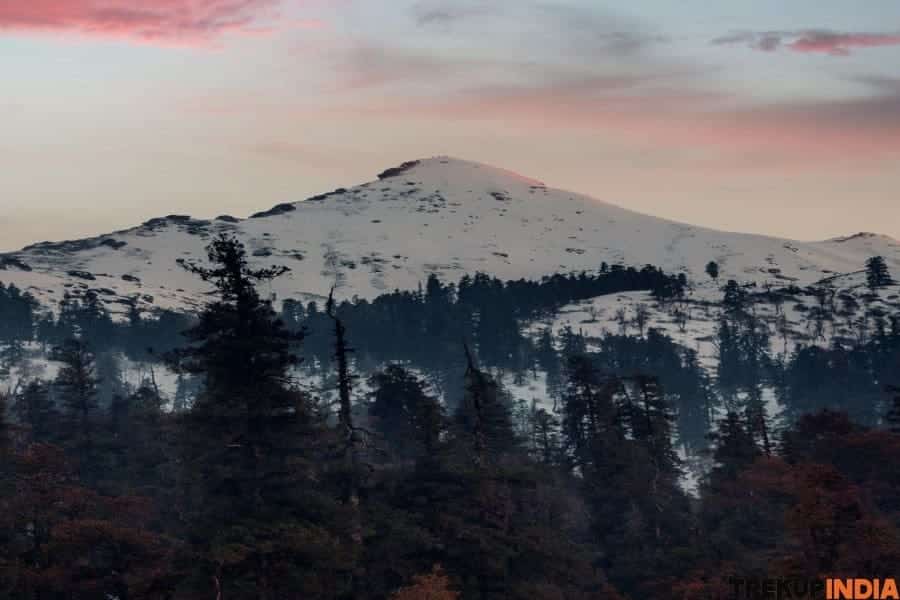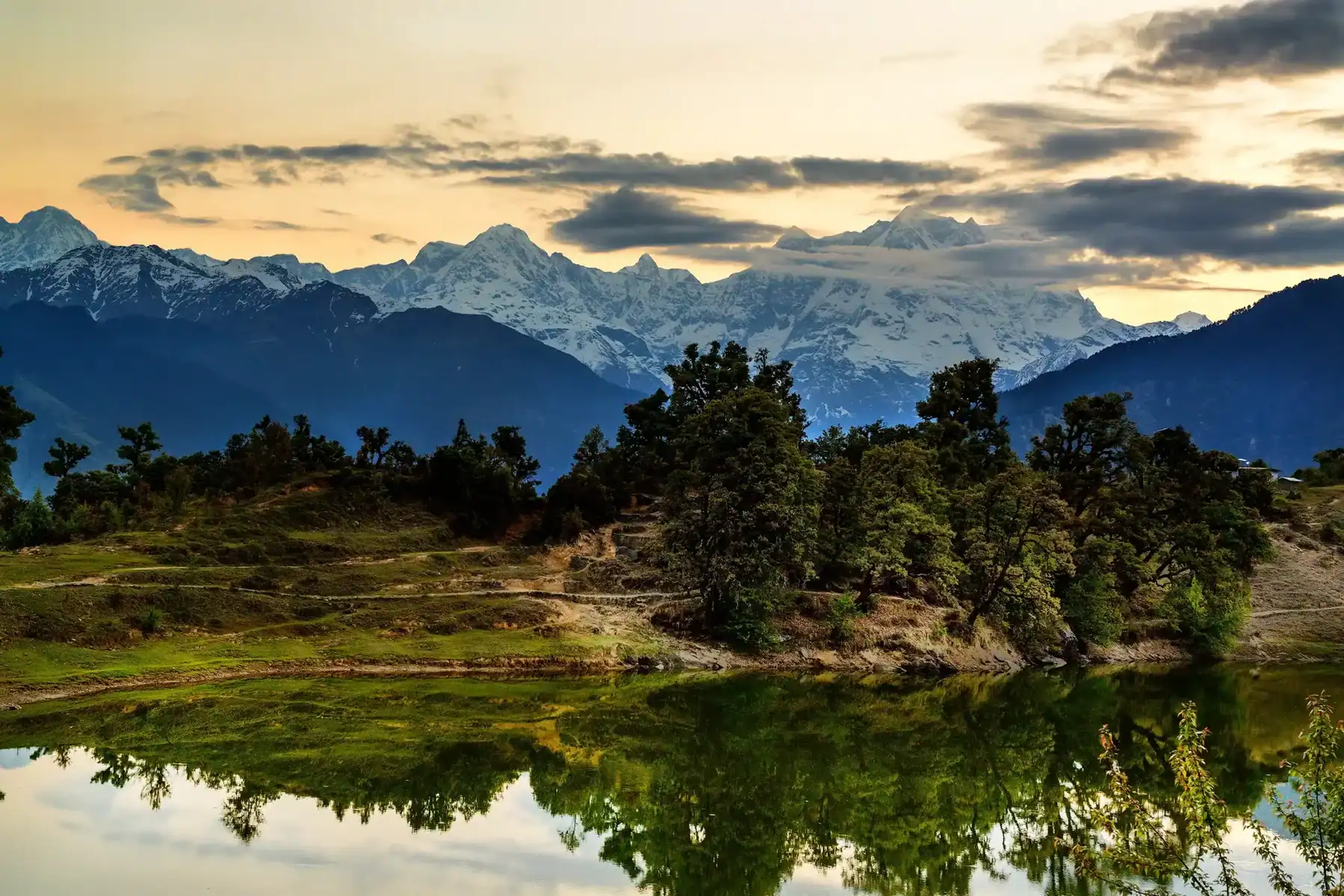Bashal Peak Trek
Bashal Peak Trek
| Region: | Himachal Pradesh |
| Duration: | 1 Day |
| Trek grade: | Easy |
| Maximum altitude: | 12,200 ft |
| Best Time to Visit: | May-June, September-October |
Bashal Peak trek offers spectacular views of the Himalayas. The panoramic scenery and the Sutlej River make this trek genuinely stunning. Nature is at its best, with snow-capped mountains and lush green grasslands. Along the way, there are many lovely spots to capture gorgeous moments. The trek is relatively easy, and all trekkers should be able to enjoy it.
If you’re looking for longer treks, Deoban is an ideal weekend trek that begins in Lokhandi, just a two-hour journey from Dehradun. It offers breathtaking views, including a chance to see fifty-five mountains at the summit, including Nanda Devi, the highest mountain in India. Beas Kund is another excellent alternative if you have a few days to spare. The trek starts in Solang, just an hour’s drive from Manali, and provides stunning views of the enormous mountains in Manali and the Pir Panjal Range.
Dates For Upcoming Treks
Want To Trek Like Pro?
Basically, watch these videos if you want to trek the same way professional trekkers do and make your skills better. These videos contain useful tips and techniques to further improve your trekking skills itself. These videos actually help both new and experienced trekkers improve their trekking skills. These videos definitely provide useful tips that make your trek better. We are seeing that these videos by Trekup India experts will only help you make your trekking skills better.







Know Everything About Acute Mountain Sickness
Acute Mountain Sickness occurs when people trek to high altitudes above 8,000 feet. This condition itself develops further due to reduced oxygen levels at such heights. Basically, as you go higher up, the air pressure and oxygen levels decrease, which causes the same problem. Acute Mountain Sickness surely causes headache, nausea, vomiting, and dizziness in affected persons. Moreover, peoples also experience difficulty in sleeping during this condition. To avoid mountain sickness, you should actually trek up slowly to higher altitudes. To learn further about this condition itself, watch the videos by Trekup India.





